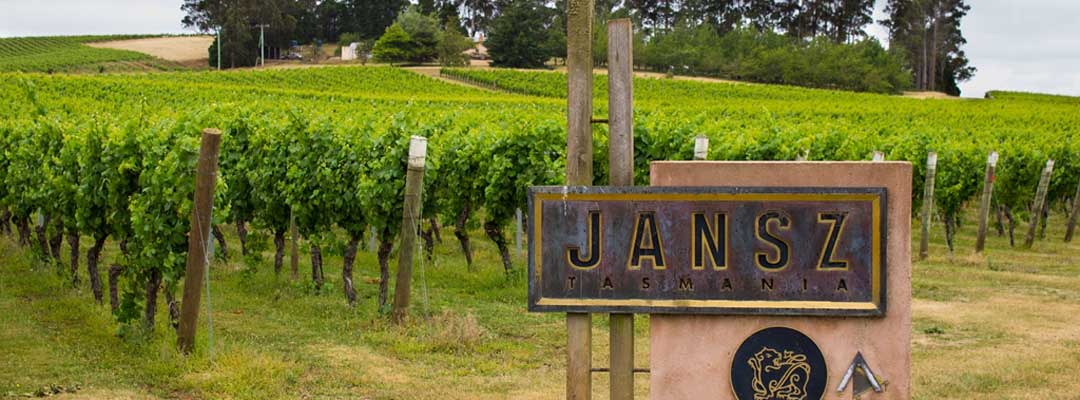
Established in 1986, Jansz Tasmania specialises in crafting luxury sparkling wines from Tasmania. In a joint venture with Heemskerk, Louis Roederer recognised the similarities of the Tasmanian climate to that of Champagne and together they planted Pinot Noir and Chardonnay vines. This foresight led to the production of the first Tasmanian vintage sparkling wine in 1989 using traditional Méthode Champenoise; a tradition that continues today. Now Australian owned by the Hill-Smith family since 1998, the vineyard was renamed Jansz Tasmania, paying homage to Abel Janszoon Tasman who first sighted the island in 1642.

Vineyards
The Jansz Tasmania vineyard sits to the northeast of the island state within the Pipers River region of the Tamar Valley. This cool little corner is colloquially known as ‘Sparkling Tasmania’. Temperatures are moderated by close proximity to Bass Strait. The ocean breeze keeps the temperature up during winter – minimising risk of frost, and down in summer – allowing the grapes to ripen slowly and develop intense, delicate and refined flavours. The Jansz Estate Vineyard consists of 15ha of Chardonnay, 12ha of Pinot Noir, and 3ha of Pinot Meunier, which corresponds to the usual grapes (and ratio of grapes) used in the production of Champagne. Resting on a bed of pure, red, free-draining basalt soils, the Jansz vineyard truly is the perfect site to grow grapes for world-class sparkling wines.Méthode Tasmanoise

It could be argued that they’re completely mad, growing grapes in the wild and unforgivingly cold Tasmanian environment. But there’s méthode to their madness. The climatic conditions of the Jansz vineyard rival the famed French wine region of Champagne. In fact, it was originally with French contribution that Jansz became Tasmania’s first sparkling made using the traditional Méthode. Today it's called, Méthode Tasmanoise. It’s the essence of a partnership between the environment and Jansz's winemaker. Just as the cool Tasmanian climate creates spectacular beauty in nature, it is also instrumental in the creation of art in bottles.




















































